-
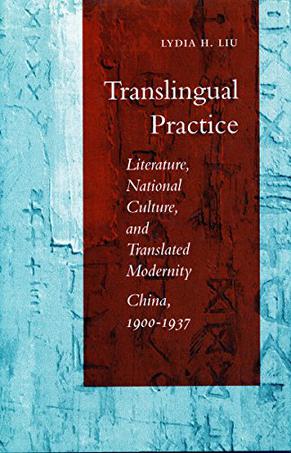
Translingual Practice
Are languages incommensurate? If so, how do people establish and maintain hypothetical equivalences between words and their meanings? What does it mean to translate one culture into the language of another on the basis of commonly conceived equivalences?This study -- bridging contemporary theory Chinese history, comparative literature, and culture studies -- analyzes the historical interactions among China, japan. and the West in terms of "translingual practice." By this term, the author refers to the process by which new words, meanings, discourses, and modes of representation arose, circulated, and acquired legitimacy in early modern China as it contacted/collided with European/Japanese languages and literatures. In reexamining the rise of modern Chinese literature in this context, the book asks three central questions: How did "modernity" and "the West" become legitimized in May Fourth literary discourse? What happened to native agency in this complex process of legitimation? How did the Chinese national culture imagine and interpret its own moment of unfolding?After the first chapter, which deals with the theoretical issues, ensuing chapters treat particular instances of translingual practice such as national character, individualism, stylistic innovations, first-person narration, and canon formation. The author reexamines the works of Lu Xun, Lao She, Shi Zhicun, Ding Ling, Xiao Hong, and others in this light, and concludes by probing the unprecedented conditions under which Chinese writers and critics moved from confidence in the absolute centrality of their civilization to rethinking Chinese literature and culture as one among many national literatures and cultures.Inshort, what does it mean to be Zhongguo ren (men and women of the Middle Kingdom) in terms of what is not of the Middle Kingdom?An appendix lists and classifies over 1,800 loanwords and neologisms introduced into modern Chinese before 1950, the largest annotated collection to be found a -
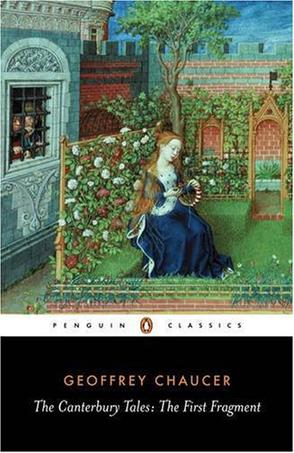
The Canterbury Tales
The most complete of all remaining surviving fragments sections of The Canterbury Tales, the First Fragment contains some of Chaucer's most widely enjoyed work. In The General Prologue, Chaucer introduces his pilgrims through a set of speaking portraits, drawn with a clarity that makes no attempt to conceal their peculiarities. The four tales that follow - those of the Knight, Miller, Reeve and Cook - reveal a wide variety of human preoccupations: whether chivalrous, romantic or simply sexual. Brilliantly bawdy and subtly complex, each of these tales is alive with Chaucer's skills as a poet, storyteller and creator of comedy. -
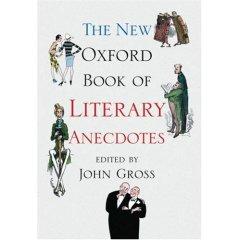
The New Oxford Book of Literary Anecdotes
An unrivalled collection of literary gossip and intimate sidelights on the lives of the authors The dictionary defines an anecdote as 'a short account of an entertaining or interesting incident', and the anecdotes in this collection more than live up to that description. Many of them are funny, often explosively so. Others are touching, outrageous, sinister, inspiring, or downright weird. They show writers in the English-speaking world from Chaucer to the present acting both unpredictably, and deeply in character. The range is wide - this is a book which finds room for Milton and Margaret Atwood, George Eliot and P. G. Wodehouse, Chinua Achebe and Ian Fleming, Brendan Behan and Wittgenstein. It is also a book in which you can find out which great historian's face was once mistaken for a baby's bottom, which film star left a haunting account of Virginia Woolf not long before her death, and what Agatha Christie really thought of Hercule Poirot - a book not just for lovers of literature, but for anyone with a taste for the curiosities of human nature. -
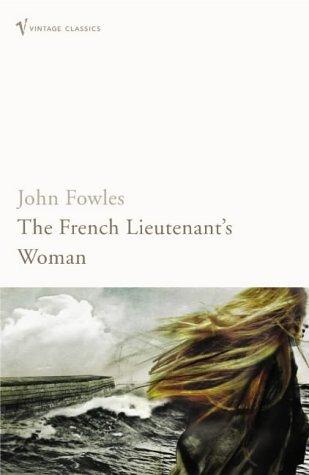
The French Lieutenant's Woman
Of all John Fowles' novels The French Lieutenant's Woman received the most universal acclaim and today holds a very special place in the canon of post-war English literature. From the god-like stance of the nineteenth-century novelist that he both assumes and gently mocks, to the last detail of dress, idiom and manners, his book is an immaculate recreation of Victorian England. Not only is it the epic love story of two people of insight and imagination seeking escape from the cant and tyranny of their age, The French Lieutenant's Woman is also a brilliantly sustained allegory of the decline of the twentieth-century passion for freedom. -
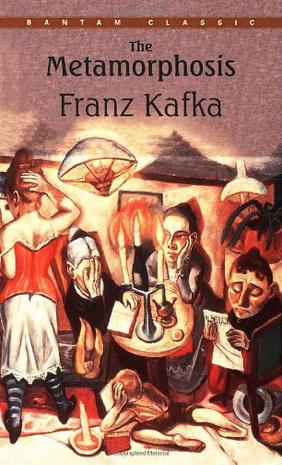
The Metamorphosis
Writings by and about Kafka and textual notes accompany this translation of his early-twentieth-century work. The Metamorphosis (in German, Die Verwandlung) is a novella by Franz Kafka, first published in 1915, and arguably the most famous of his works along with the longer works The Trial and The Castle. The story begins with a traveling salesman, Gregor Samsa, waking to find himself transformed into a giant "monstrous vermin" (see Lost in translation, below). It is widely regarded as a highly symbolic tale with various interpretations. From Publishers Weekly Kuper has adapted short works by Kafka into comics before, but here he tackles the most famous one of all: the jet-black comedy that ensues after the luckless Gregor Samsa turns into a gigantic bug. The story loses a bit in translation (and the typeset text looks awkward in the context of Kuper's distinctly handmade drawings). A lot of the humor in the original comes from the way Kafka plays the story's absurdities absolutely deadpan, and the visuals oversell the joke, especially since Kuper draws all the human characters as broad caricatures. Even so, he works up a suitably creepy frisson, mostly thanks to his drawing style. Executed on scratchboard, it's a jittery, woodcut-inspired mass of sharp angles that owes a debt to both Frans Masereel (a Belgian woodcut artist who worked around Kafka's time) and MAD magazine's Will Elder. The knotty walls and floors of the Samsas' house look like they're about to dissolve into dust. In the book's best moments, Kuper lets his unerring design sense and command of visual shorthand carry the story. The jagged forms on the huge insect's belly are mirrored by folds in business clothes; thinking about the debt his parents owe his employer, Gregor imagines his insectoid body turning into money slipping through an hourglass. Every thing and person in this Metamorphosis seems silhouetted and carved, an effect that meshes neatly with Kafka's sense of nightmarish unreality. From School Library Journal Adult/High School-Gregor Samsa wakes up and discovers he has been changed into a giant cockroach. Thus begins "The Metamorphosis," and Kuper translates this story masterfully with his scratchboard illustrations. The text is more spare, but the visuals are so strongly rendered that little of the original is changed or omitted. Though the story remains set in Kafka's time, Kuper has added some present-day touches, such as fast-food restaurants, that do not detract from the tale. He has used the medium creatively, employing unusual perspectives and panel shapes, and text that even crawls on the walls and ceilings, as Gregor does. The roach has an insect body but human facial expressions. Once he is pelted with the apple, readers can watch his rapid decline, as his body becomes more wizened and his face more gaunt. This is a faithful rendition rather than an illustrated abridgment. ---Jamie Watson, Enoch Pratt Free Library, Baltimore Book Dimension Height (mm) 175 Width (mm) 105 -
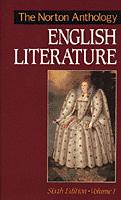
The Norton Anthology of English Literature Sixth Edition
The Sixth Edition of The Norton Anthology of English Literature continues to be the indispensable anthology. Like its predecessors, the Sixth Edition offers the best in English literature from the classic to the contemporary in a readable, teachable format. More selections by women and twentieth-century writers, a richer offering of contextual writings, apparatus fully revised to reflect today's scholarship, and a new larger trim size make the Sixth Edition the choice for breadth, depth, and quality.